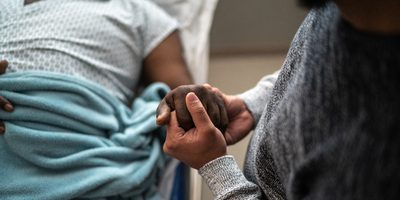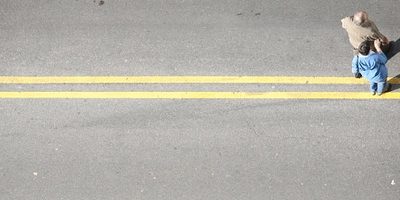
Aboriginal and Torres Strait Islander injury prevention remains low priority in transport
More than 40 of Australia’s leading experts on injury prevention and safety promotion are gathering in Sydney today, focussing on injury prevention in Aboriginal and Torres Strait Islander communities.
Coinciding with the release of the Australian Institute for Health and Welfare’s (AIHW) report into Injury of Aboriginal and Torres Strait Islander People Due to Transport 2005-06 to 2009-10, the Australian Injury Prevention Network (AIPN) symposium will feature a number of sessions on all facets of injury prevention including drowning, burns, road safety, child restraints and driveway safety, with a distinct focus on the impact of these areas of injury on Aboriginal and Torres Strait Islander peoples.
Keynote sessions will highlight the significant issue of suicide in Aboriginal and Torres Strait Islander communities, and best practice in prevention and treatment of burns, while other papers will cover injuries in AFL football.
Symposium keynote speaker, Kathleen Clapham, Professor of Indigenous Health at the Australian Health Services Research Institute, University of Wollongong, is encouraged by the focus being placed on addressing the inequitable distribution of injury between the Indigenous and non-indigenous population. “Discussions like these are important so that Aboriginal and Torres Strait Islander communities have genuine and direct input into research, policy and program development which meet their diverse needs” said Professor Clapham.
“Injury is one of the major causes of hospitalization and death for Aboriginal and Torres Strait Islander people but it rarely comes up on our radars in terms of prevention, for either policy makers or researchers. This symposium is about raising awareness of the issues, and bringing people together to talk about how we can do better” said Professor Rebecca Ivers of The George Institute for Global Health and of The University of Sydney.
“As the new AIHW report tells us, transport related injuries are the second leading cause of death, and fourth leading cause of serious injury (hospitalisation) for Aboriginal and Torres Strait Islander people; and more than 98% of the fatal and non fatal transport injury cases involve land transport.
Aboriginal and Torres Strait Islander people are 2.8 times more likely to be killed in a transport related incident, and 1.3 times more likely to be injured than other Australians, so it important that we work to reduce this disparity and address the specific cultural and location needs for this group” added Professor Ivers.






